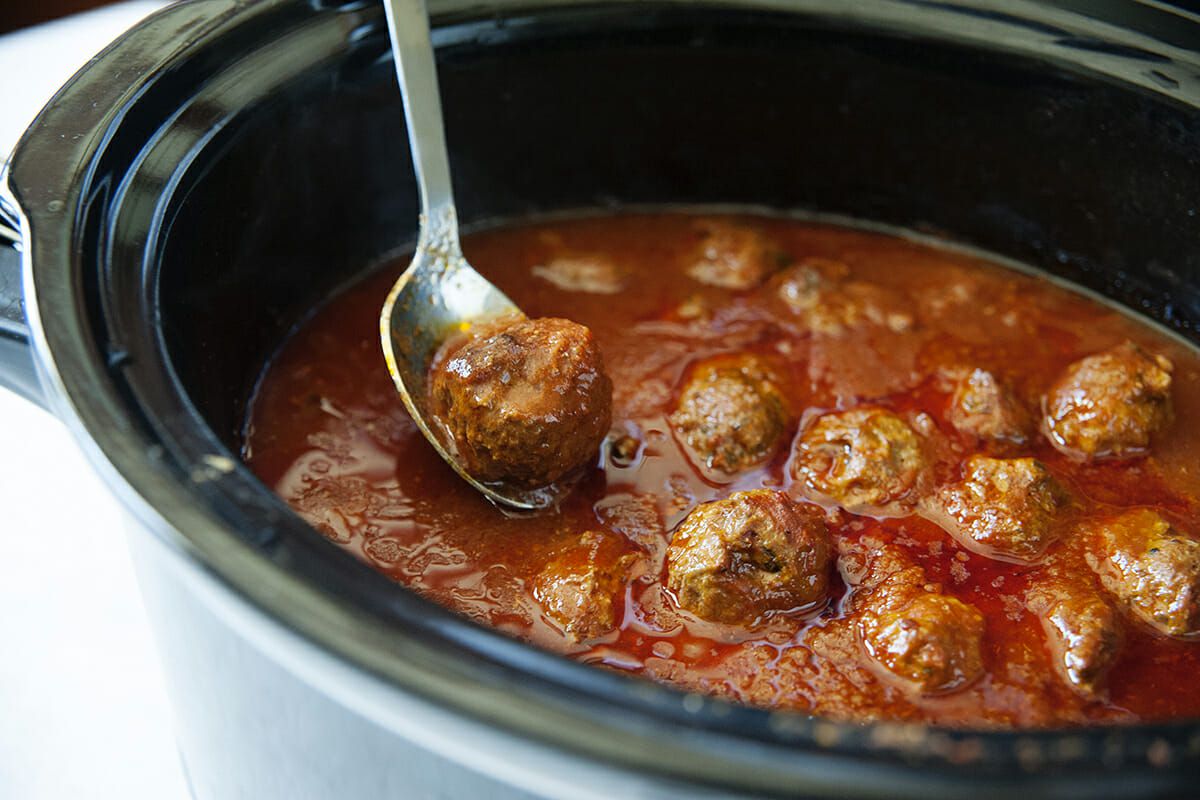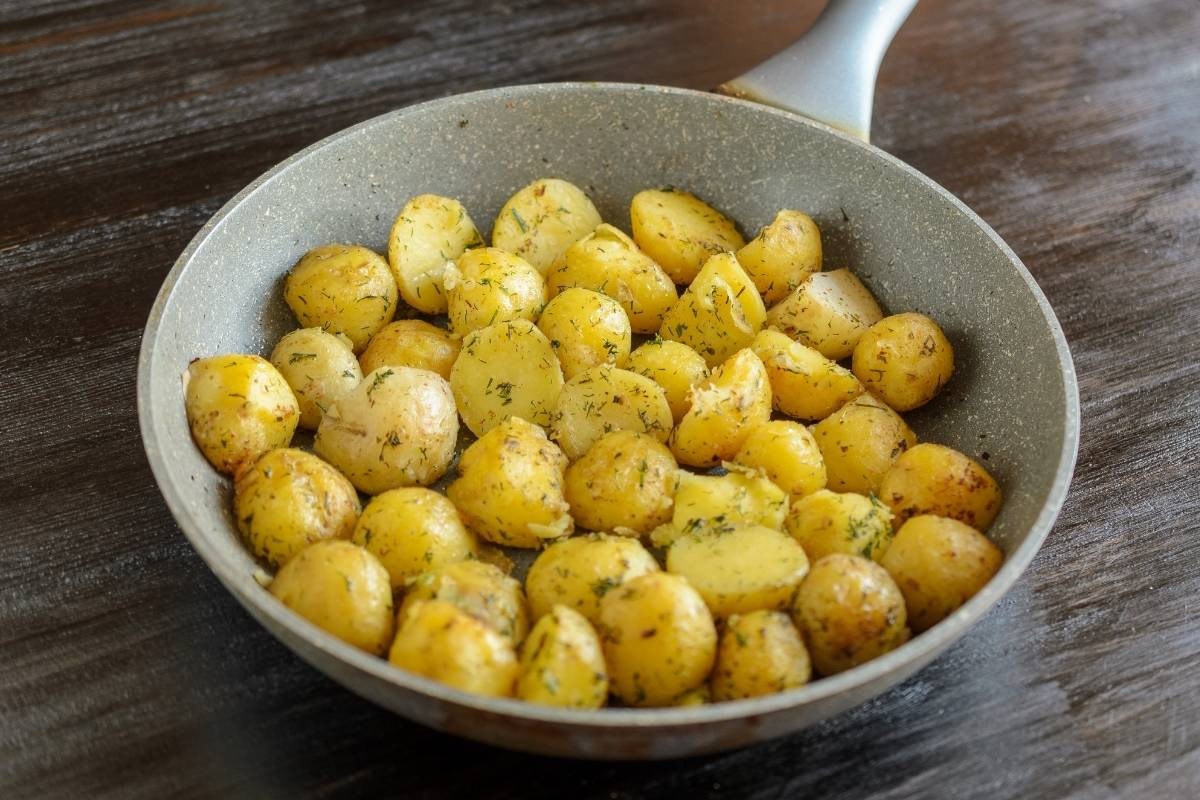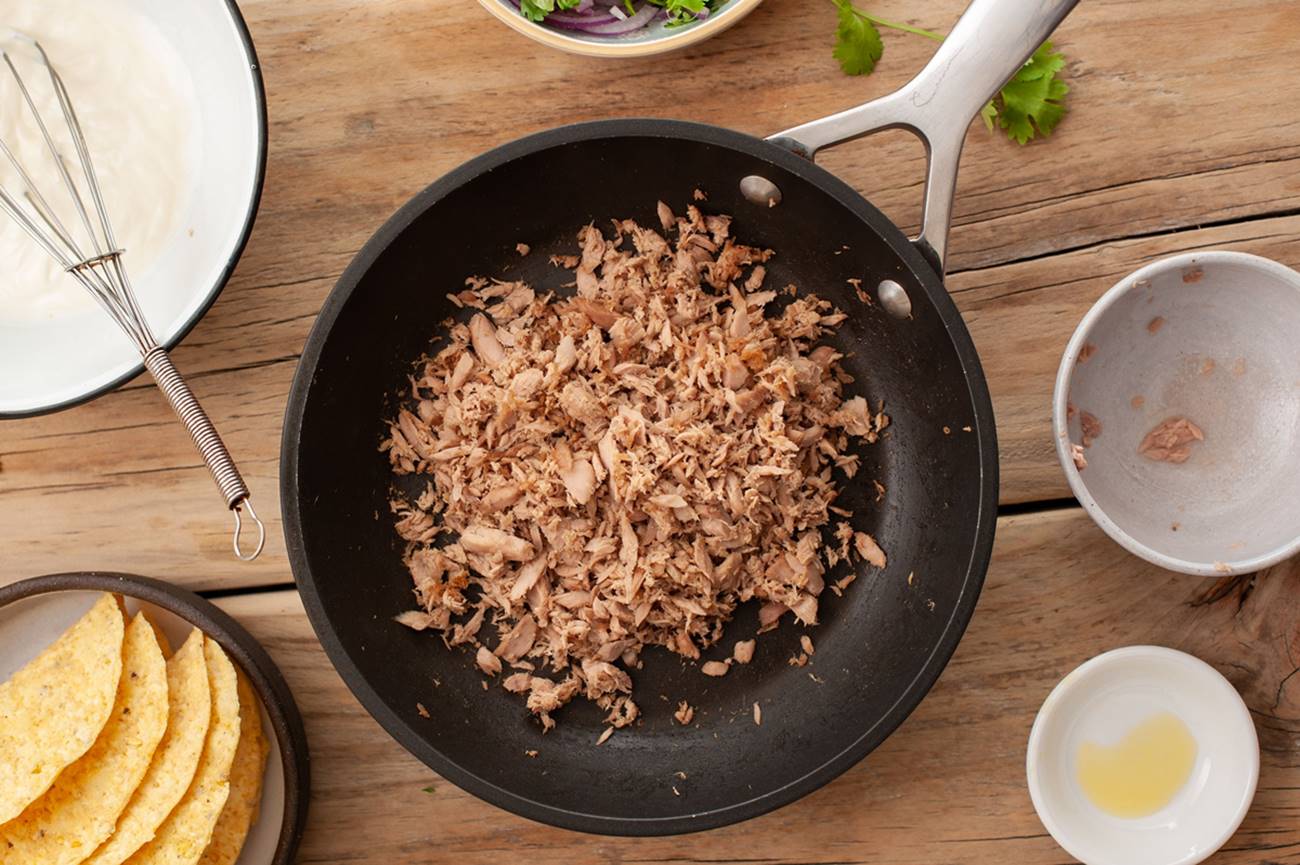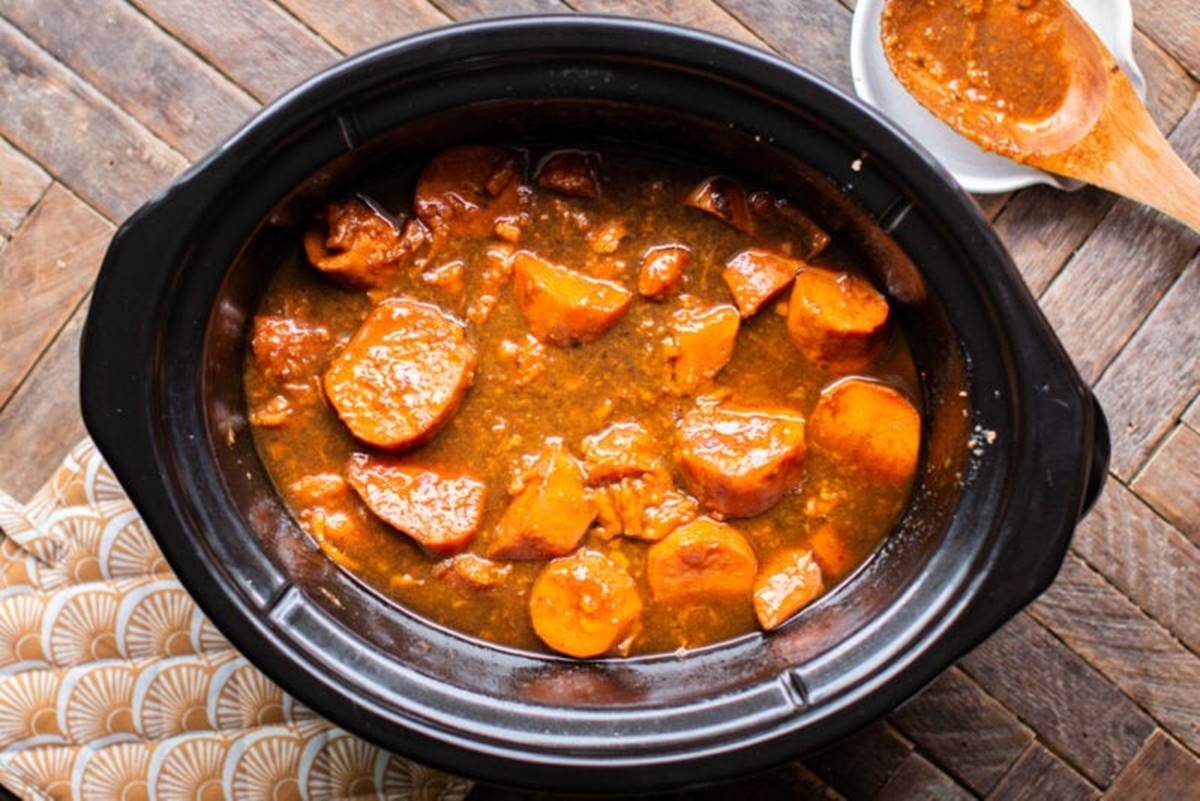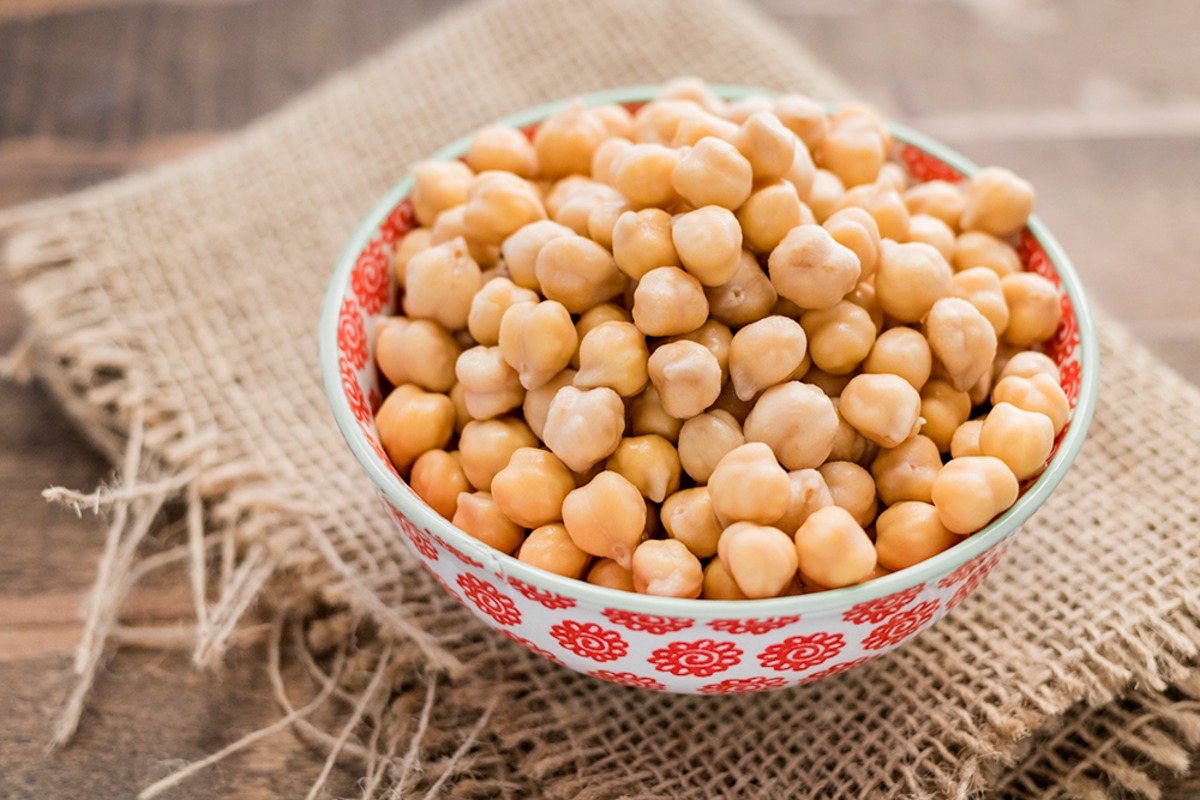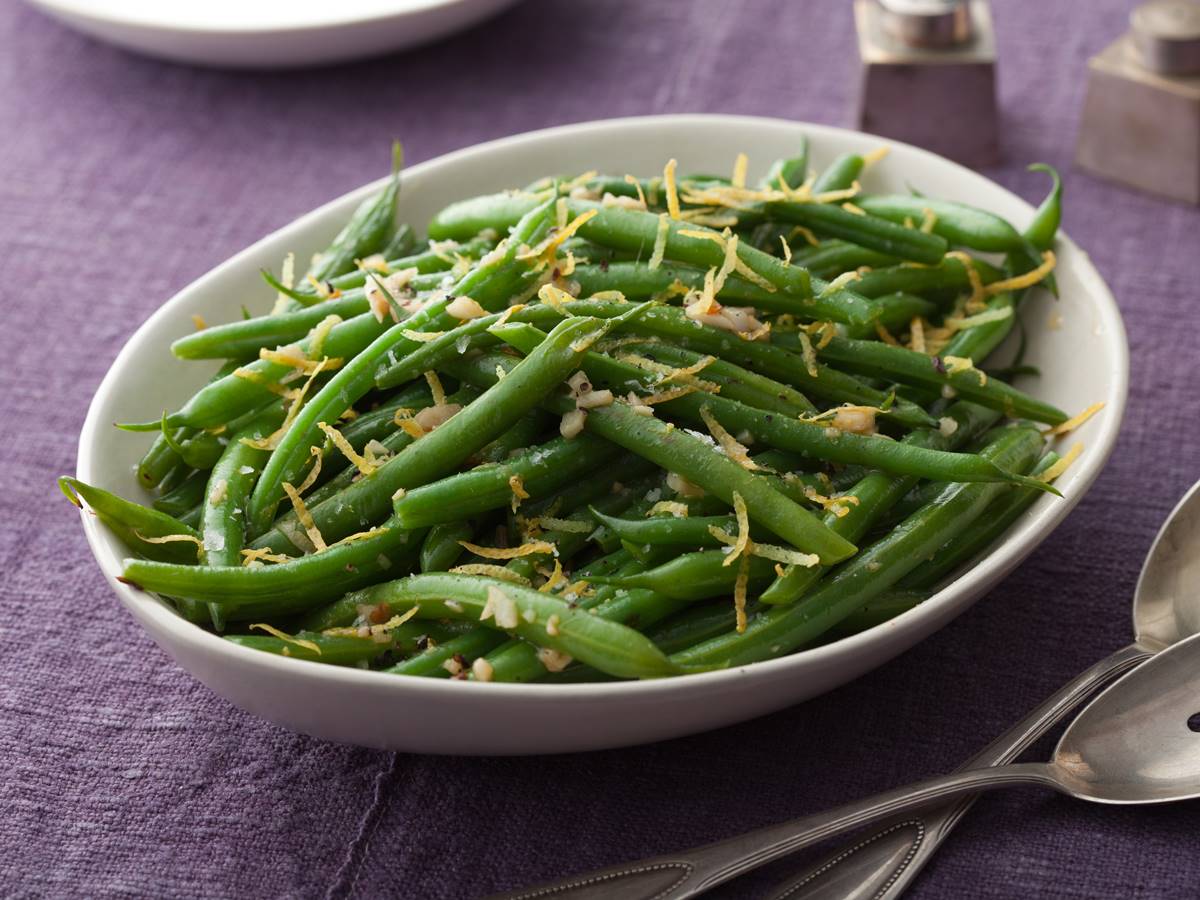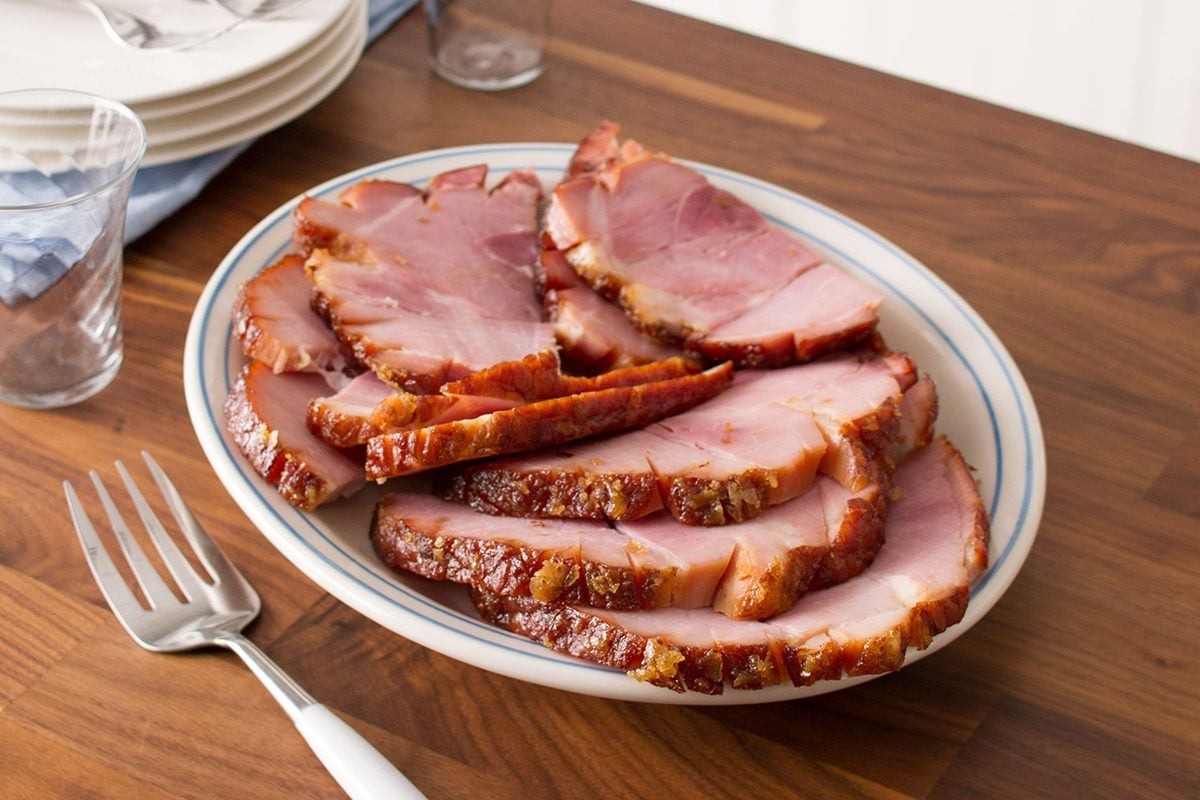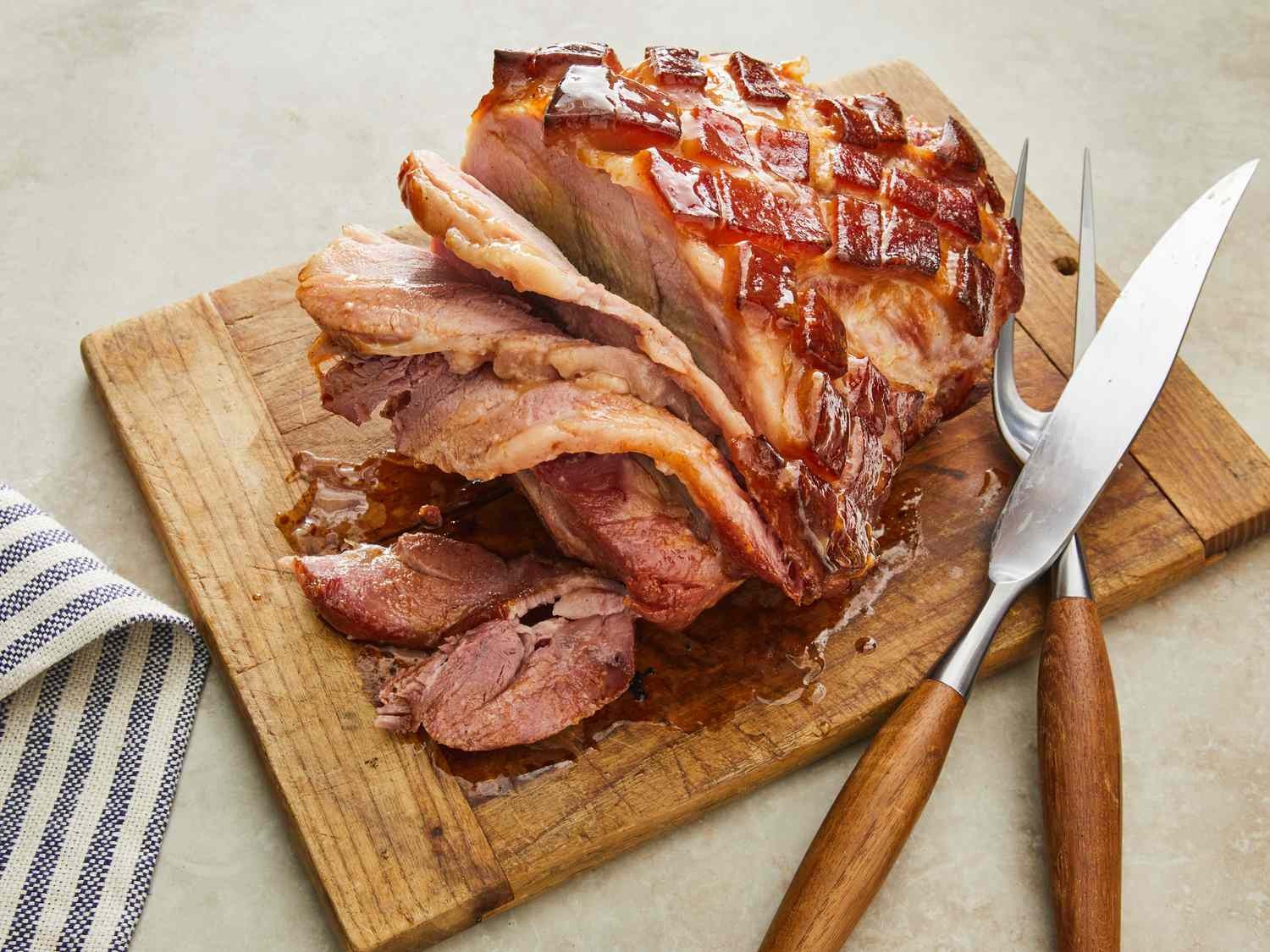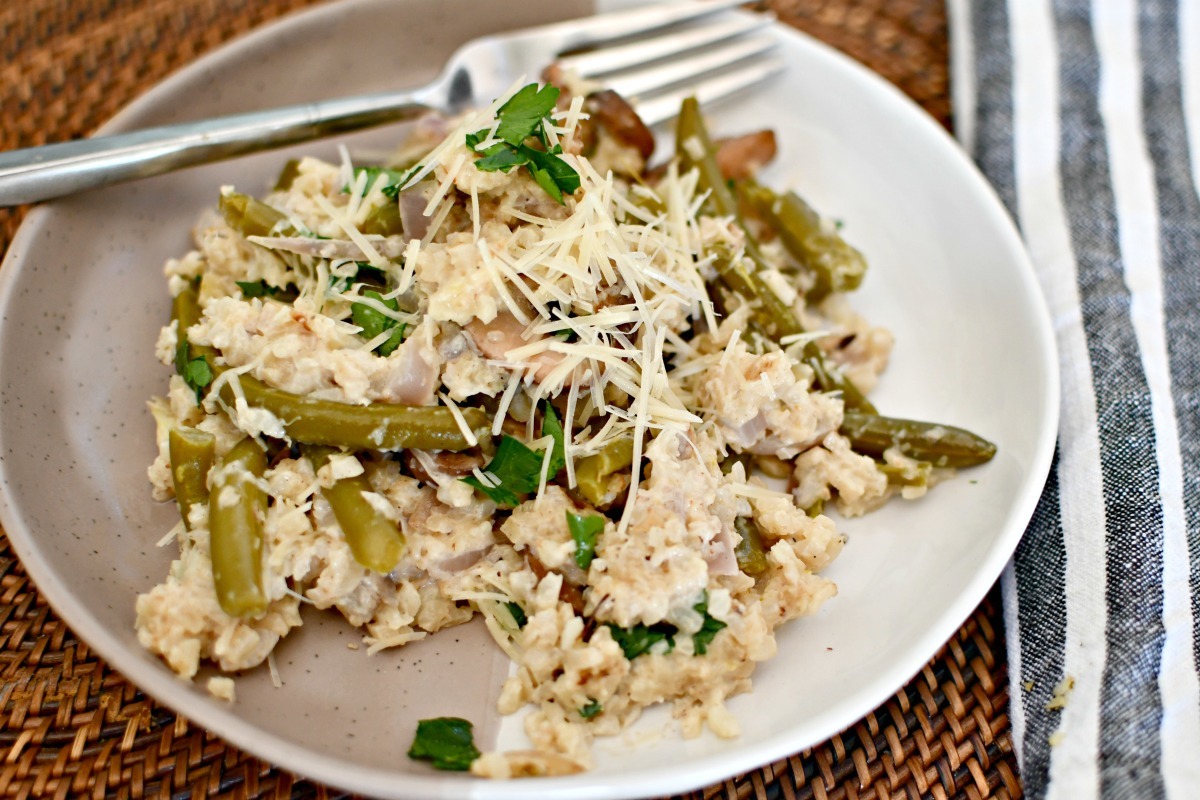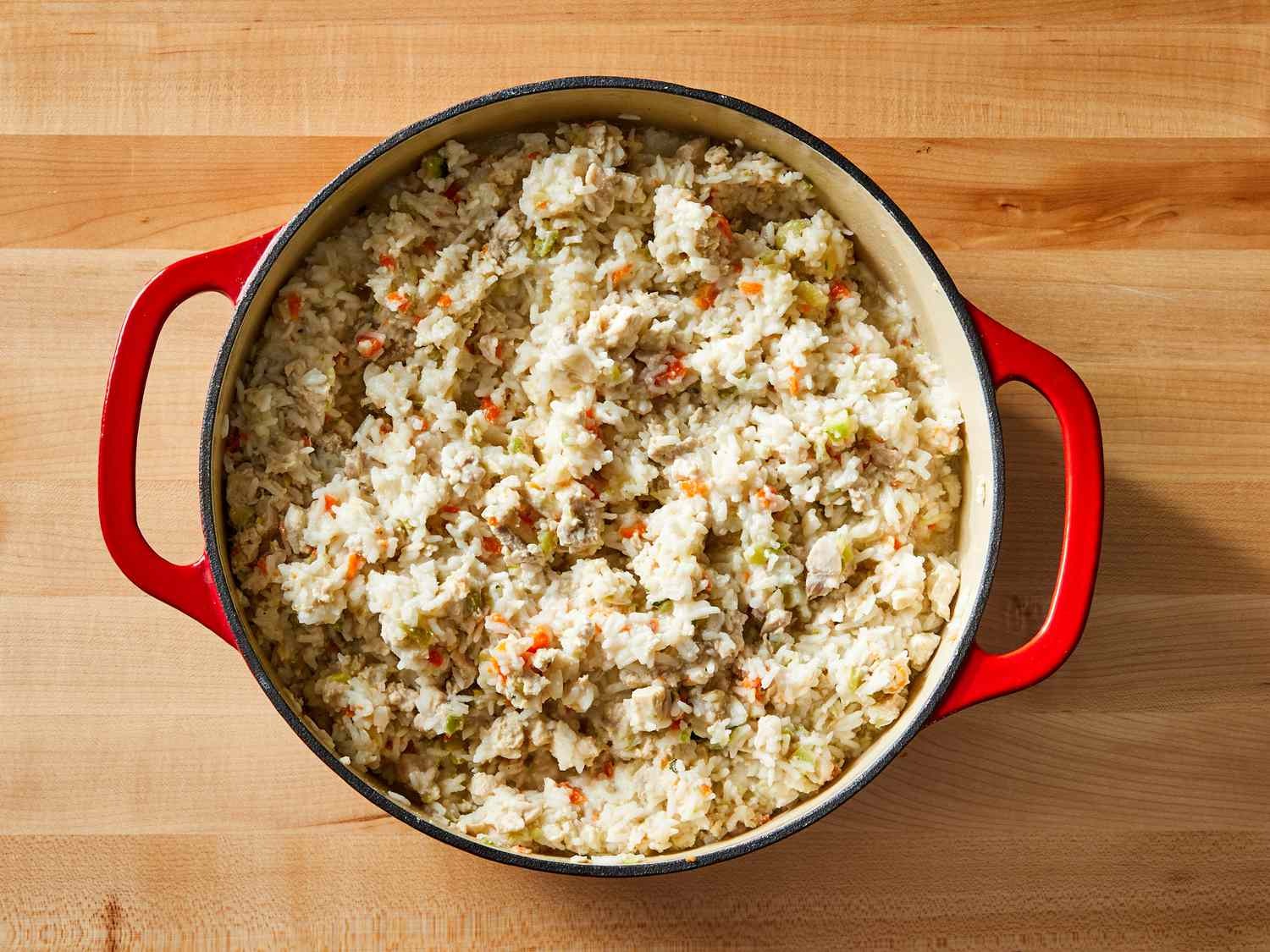How To Cook Beans In A Pressure Cooker
If you love beans and want to make them quickly and easily, using a pressure cooker is the way to go. With a pressure cooker, you can cook beans in a fraction of the time it takes on a stovetop, while still retaining their nutritional value and delicious flavor. In this blog post, we will guide you through the process of cooking beans in a pressure cooker, step by step.
Step 1: Choosing Your Beans
The first step in cooking beans in a pressure cooker is selecting the type of beans you want to cook. Whether you prefer black beans, kidney beans, pinto beans, or any other variety, make sure to choose high-quality beans that are free from any debris.
Step 2: Preparing the Beans
Before you start cooking, it’s essential to prepare the beans properly. Start by rinsing the beans under cold water to remove any dirt or impurities. Then, soak them overnight in cold water. This step helps to reduce cooking time and ensure that your beans cook evenly. If you’re short on time, you can use the quick soak method. Simply cover the beans with water in the pressure cooker, bring it to a boil, and let it sit for 1 minute before draining.
Step 3: Cooking the Beans
Now it’s time to cook the beans in the pressure cooker. Drain the soaked beans and transfer them to the pressure cooker pot. Add enough water to cover the beans by at least 2 inches. You can also add seasonings like salt, garlic, or bay leaves for extra flavor.
Close the pressure cooker lid securely and set it to high pressure. Follow the manufacturer’s instructions to ensure proper usage and safety. Start the cooking process and let the pressure build up. Once the desired pressure is reached, reduce the heat to maintain the pressure and cook the beans for the recommended time.
Step 4: Depressurize and Serve
After the cooking time is complete, carefully release the pressure using the quick release method recommended by your pressure cooker. Open the lid only after all the pressure has been released, and it is safe to do so. Take a whiff of the delightful aroma of well-cooked beans!
Now that your beans are cooked, you can enjoy them in a variety of ways. Serve them as a side dish, use them in soups, stews, or salads, or even make some delicious bean burritos. The choice is yours!
Cooking beans in a pressure cooker is a convenient and efficient method that saves you time and delivers superbly cooked beans. Remember to adjust the cooking time based on the type and size of beans you choose. So, next time you’re craving beans, give the pressure cooker a try, and you’ll be amazed at the results!
For those looking to put their pressure cooking skills to the test, there are several recipes that stand out. The Classic Black Bean Soup is a comforting and hearty option, perfect for any time of the year. If you're in the mood for something with a bit of a kick, the Hearty Bean Chili is a must-try, offering robust flavors and a satisfying texture. Those craving Mexican cuisine will love the Cuban Black Beans and Rice, a flavorful and filling dish that pairs beautifully with a side of fresh avocado. For a lighter, more refreshing option, the Mediterranean Bean Salad is an excellent choice, combining a variety of beans with crisp vegetables and a tangy dressing. Lastly, the Curried Chickpea Stew is a warming, aromatic dish that's both delicious and nutritious, making it a fantastic option for a cozy dinner. Each of these recipes leverages the efficiency of a pressure cooker, allowing you to enjoy rich, complex flavors in a fraction of the time.
Was this page helpful?
Read Next: How To Cook Pork Hocks

